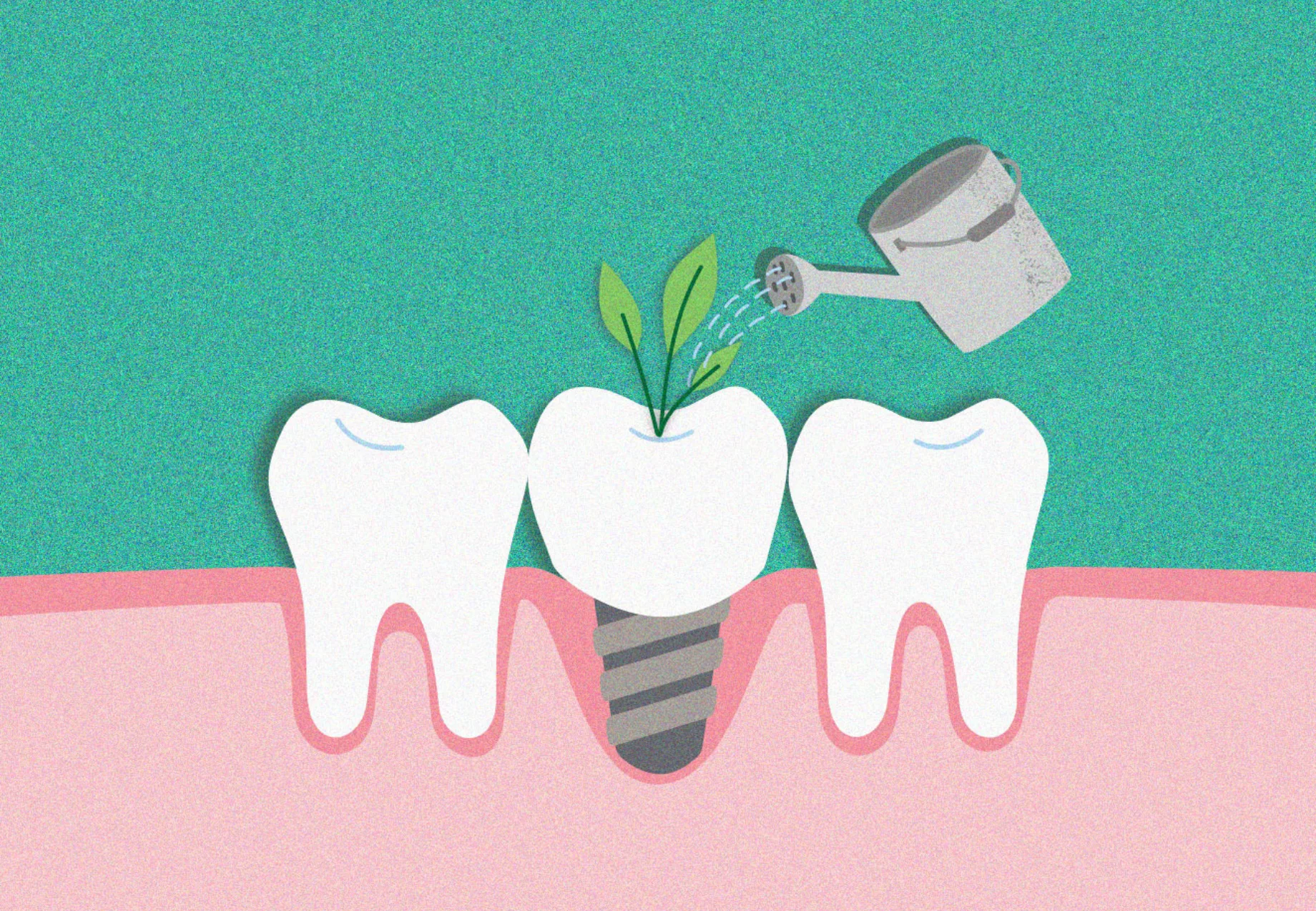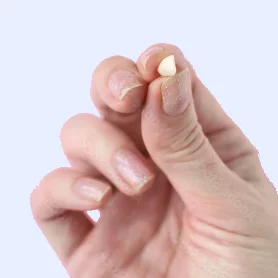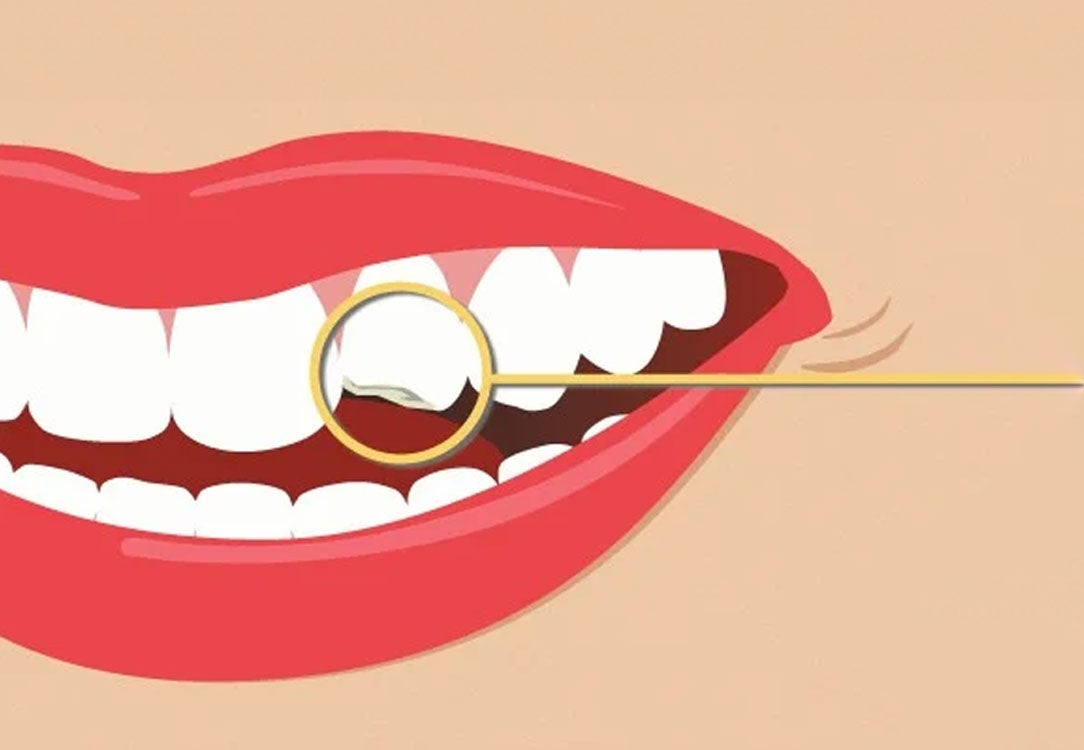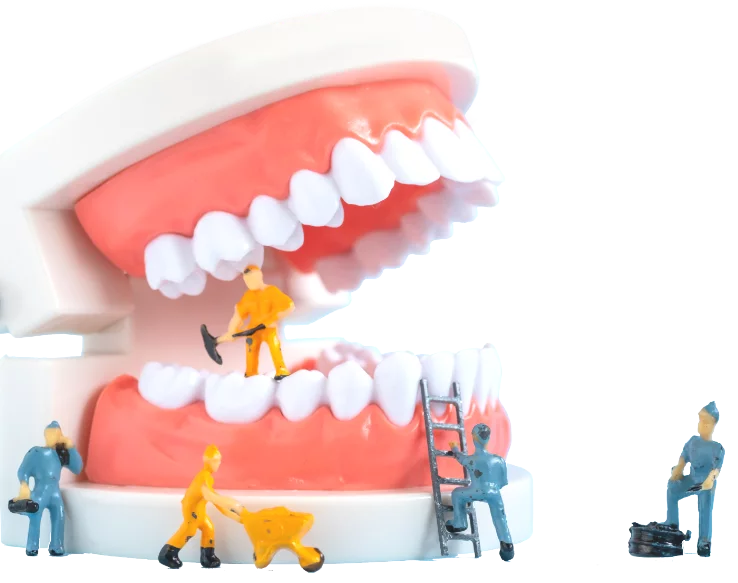How can we help?
Why You Might Need a Dental Implant
Dental implants are often necessary for individuals who have lost one or more teeth due to factors such as decay, injury, or gum disease.



Book an Appointment Today
Find a Smile Generation-trusted dentist near you and start talking about treatment options today.
Got questions?
Thinking about dental implants? Let us clear the air!
Dental implants can be used to fix broken or chipped teeth and consist of either a metal post or frame. Dental implants are surgically attached beneath the gums to the jawbone. Once the posts have been inserted, your dentist should be able to mount replacement teeth, such as crowns, a bridge, or dentures.
The two types of implants considered safe by the American Dental Association (ADA) are endosteal implants and subperiosteal implants.
Learn more in our blog article, "Dental Crowns vs. Implants: Fix Chipped Tooth."
It varies based on where you live, but you can generally expect to spend around $2,300 to $3,200 for a dental implant. The priciest part of the procedure is surgically implanting the implant post in your jawbone, which runs around $1,700 to $2,300. Then, for the artificial tooth affixed to the implant post, you may pay around $650 to $900.
Dental bridges fill the gap of a missing tooth between two existing teeth; they bridge your teeth together. If you have two healthy teeth with one or more teeth missing between them, your dentist may recommend a dental bridge.
On the other hand, a dental implant is a surgical replacement of your missing teeth, which requires attaching an implant to the jawbone. This involves removing both the tooth or teeth and roots.
Learn more in our blog article, "Tooth Bridge vs. Dental Implants, Crown, & Dentures."
Which should you get, a dental implant or a crown? The answer is going to depend on your needs and finances. For instance, crowns cost less than implants, so if you are paying out of pocket, a crown might be worth considering to help save money.
However, dental implants may cost more upfront and less in the long term, as they tend to last 10 to 15 years before needing to be replaced. Dental implants also require a crown (otherwise, you will have an exposed post in your mouth), leading to increased costs.
But, if you want to preserve your natural teeth, having a crown to complement your root canal rather than removing it could be beneficial since it is less involved.
Learn more in our blog article, "Dental Crowns vs. Implants: Fix Chipped Tooth."
Related Posts
Sources
MedicineNet. (n.d.). Dental Implants: What to Know About Implant Surgery. https://www.medicinenet.com/dental_implants/article.htm
WebMD. (n.d.). Dental Implants: How They Work, Surgery, and Types. https://www.webmd.com/oral-health/guide/dental-implants
American Academy of Implant Dentistry. (n.d.). Types of Dental Implants and Techniques. https://www.aaid-implant.org/what-are-dental-implants/types-of-implants-and-techniques/
Smile Savers Dentistry. (n.d.). Dental Implant Steps: From Consultation to Restoration. https://www.smilesaversdentistry.com/dental-implant-steps



















